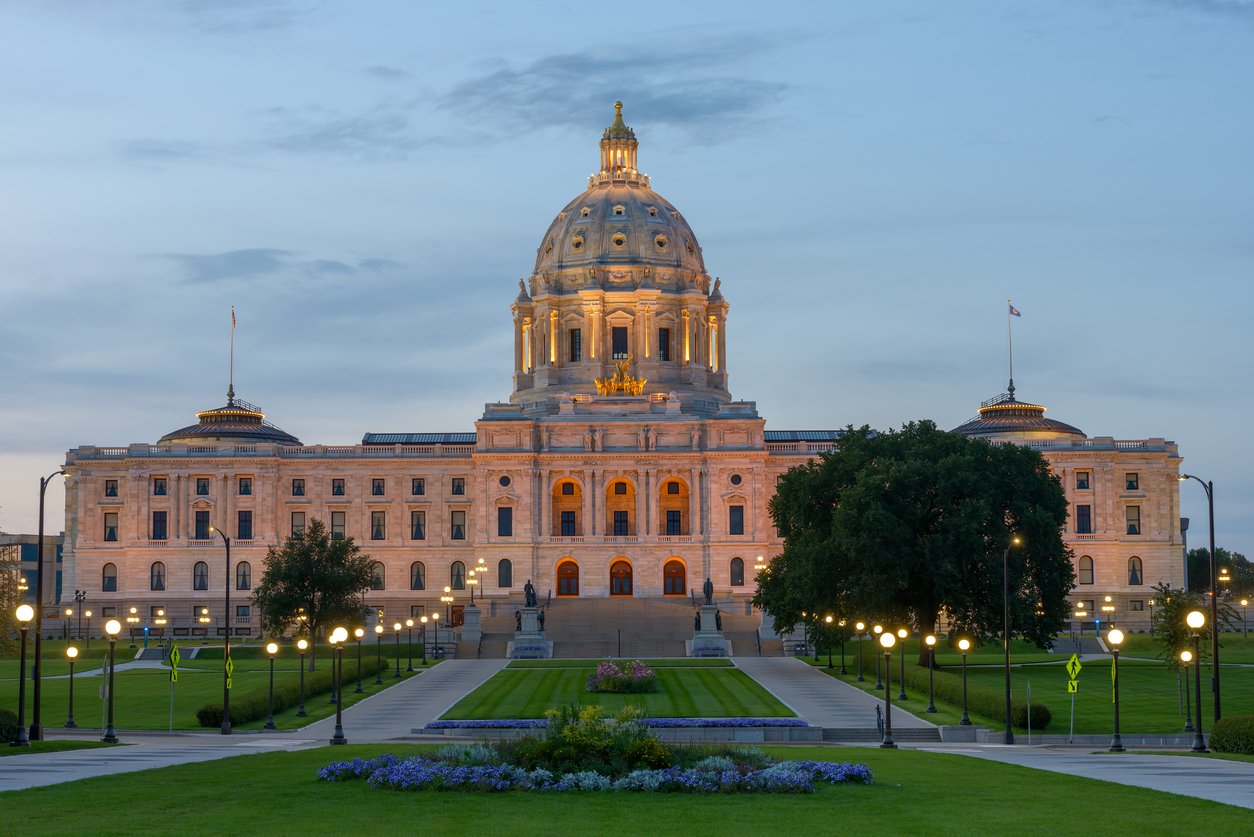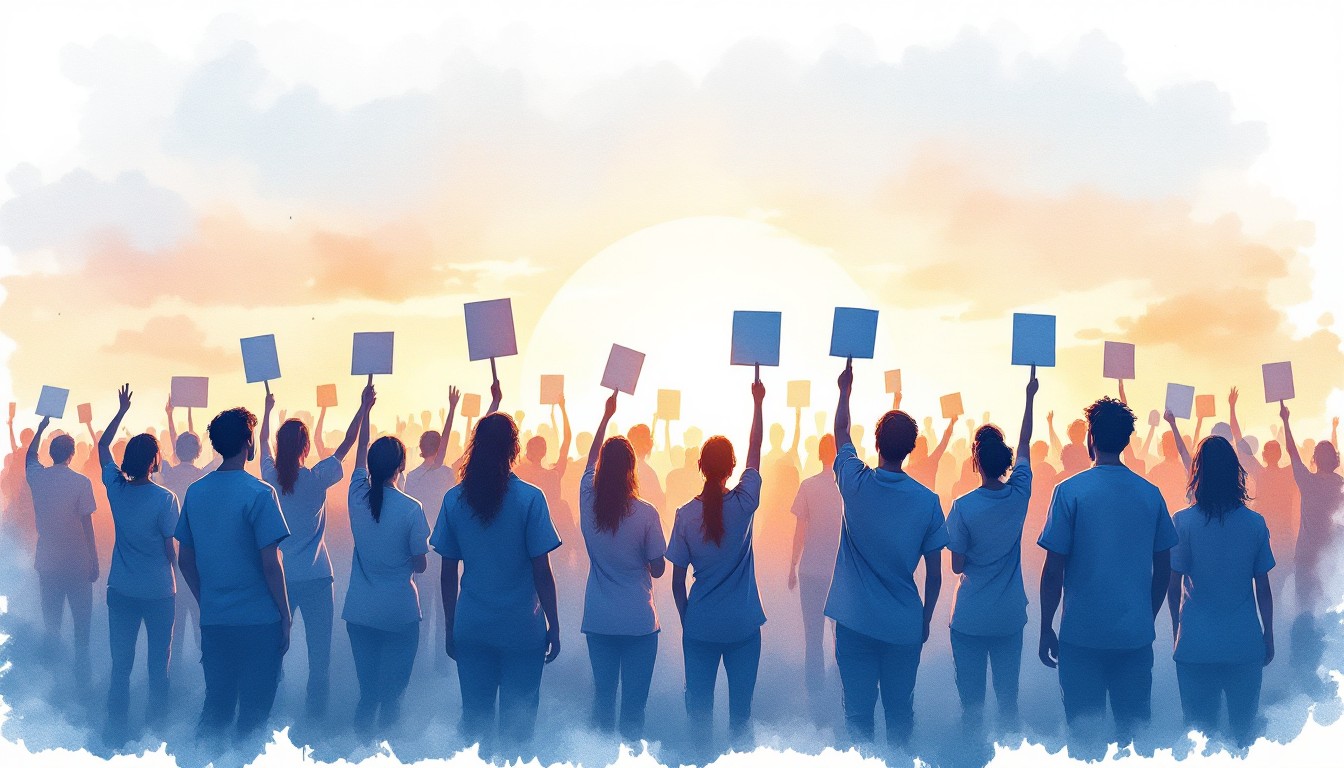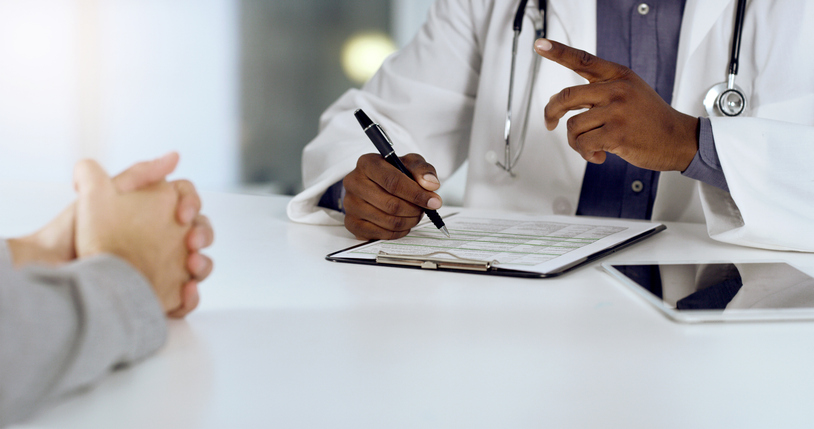Fellow Minnesotans:
As news sources continue to announce new cases of Coronavirus Disease 2019 (COVID-19) in Minnesota, we know many of you have questions. Be assured, there is a path through this.
While this is a “novel” or a new version of the coronavirus, we’ve been battling other varieties of coronavirus for many years. There will be serious illness in some, and we must take all precautions to decrease COVID-19 spread.
For most healthy people, however, mild cases will have symptoms similar to the common cold. People begin noting symptoms five days after exposure and are sick for a week; then, symptoms start improving. We all know how to take care of mild cases—stay home, drink lots of fluids and curl up in bed for a few days. Things will generally get better with time and rest. If symptoms are worsening, you should re-contact your healthcare provider; otherwise, stay home until symptoms are fully cleared.
Like any new infection, the first round in society is the hardest, and then things start getting better. Testing is more readily available each day; our public health system is hard at work; and, your doctors and nurses are here to support you. With some extra care, most of us can avoid getting sick.
How to Stay Healthy & Limit Spread of COVID-19
1) Wash your hands. Use soap and water for 20 seconds. Use hand sanitizers that are at least 60% alcohol. Wipe down surfaces that might hold droplets containing the virus.
2) Practice social distancing. This means keeping a six-foot bubble between you and your neighbor to prevent spread, coughing and sneezing into your elbow and avoiding touching public surfaces with your hands. Social distancing means finding creative ways to avoid physical contact with others. Shop at odd hours. Leave space between you and your neighbor at church or on the bus. Avoid shaking hands and hugging. Use waves, jazz hands and big friendly smiles instead of physical touch. Avoid large gatherings in confined spaces.
3) Take caution if you become sick. Whether you have a cold, the flu or suspect coronavirus, it is important to take care of yourself. Your first step should be to call your clinic to ask about next steps. Most healthy folks can treat this at home, with acetaminophen and ibuprofen for fever, lots of rest and lots of fluids. If you’re not seriously ill, then stay home, stay warm and avoid infecting others. Healthcare is just a phone call away—you’ll be more comfortable at home in your pajamas than waiting all day in the emergency room.
4) Support those who are vulnerable. Who does this include? Anyone over age 60, those who have lung problems (these are folks who use an inhaler or have smoked for many years), those who have blood pressure issues and those who have a compromised immune system (like those on chemo or with transplants). These folks may need extra help with coronavirus, just as they do with the flu or a cold. The more severely ill need to be the focus of hospitals, physicians and other healthcare resources. We all have many important folks in our lives who are vulnerable—let us work together so they have healthcare resources when needed.
Remember, we Minnesotans stand together! We shovel each other out during each winter snowstorm. Instead of responding to COVID-19 with fear, we need to come together to fight this battle as a community. Not by literally coming together (social distancing, remember!), but by supporting and caring for each other. By washing hands whenever touching public surfaces. By calling and checking in on friends and family. By inventing awesome, no-touch secret handshakes with our friends. By dropping off medications, supplies and groceries at the doorsteps of our neighbors who need them. By preventing unnecessary exposures for those at risk by avoiding visiting nursing homes or leaving home when mildly ill. By encouraging others to contact their primary care clinic by phone with any worries or concerns.
As family medicine physicians, we know this community has the capacity to get through this, together. We know how to take care of each other. What can YOU, personally, do to help keep our community and state healthy? The choices each of us make paves the path for the society we are and want to become.
Let us plan AND prepare, NOT panic. Let us be there for each other. Let us choose care, compassion and courage. We can do this Minnesota!
Sincerely,
Renée Crichlow, MD, FAAFP
President, Minnesota Academy of Family Physicians
Additional PUBLIC HEALTH Resources on COVID-19
- Minnesota Department of Health
- Centers for Disease Control and Prevention
- American Academy of Family Physicians
_ _ _ _ _ _
About THE Minnesota Academy of Family Physicians
The Minnesota Academy of Family Physicians (MAFP) is the largest medical specialty organization in Minnesota, representing more than 3,100 family physicians, family medicine residents and medical students. The MAFP promotes the specialty of family medicine in Minnesota and supports family physicians as they provide high quality, comprehensive and continuous medical care for patients of all ages.


